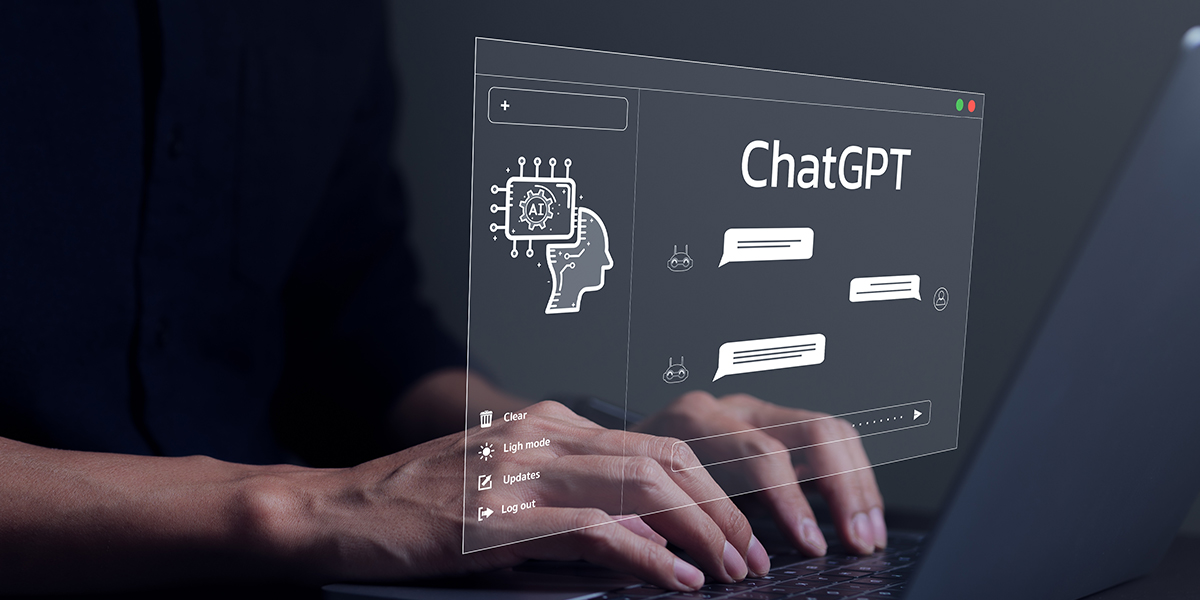Prompt Engineering Frameworks: CRISPE + RAILS
Frameworks reduce ambiguity and produce consistent, reviewable outputs. These two mental models provide structured approaches to prompt engineering that significantly improve AI response quality and reliability. Learn how to apply these frameworks systematically to create prompts that deliver exactly what you need.
Why Frameworks Matter
The Problem with Unstructured Prompts
Without a framework, prompts tend to be vague, inconsistent, and produce unpredictable results. You might get a response that's too long, too short, or completely misses the mark.
The Power of Structure
Frameworks provide mental models that help you think systematically about what you need from AI. They ensure you don't forget crucial elements and help you communicate your requirements clearly.
Consistency Across Prompts
Using frameworks creates consistency in your prompt engineering approach, making it easier to iterate and improve over time. You can also share these frameworks with team members for consistent results.
The CRISPE Framework
C: Capacity (Who the Model Acts As)
Define the role, expertise level, and perspective the AI should adopt. This sets the foundation for the entire response.
Examples:
- "Act as a senior software architect with 15 years of experience in cloud infrastructure"
- "You are a professional copywriter specializing in B2B marketing"
- "Act as a data scientist with expertise in machine learning and statistical analysis"
Why it matters: The AI's "identity" influences its knowledge base, communication style, and approach to problem-solving.
R: Role (Context and Perspective)
Specify the context, industry, or specific situation the AI should consider when responding.
Examples:
- "You're advising a startup founder on scaling their technical team"
- "You're helping a marketing manager optimize their email campaigns"
- "You're consulting for a healthcare organization implementing new software"
Why it matters: Context helps the AI understand the constraints, challenges, and opportunities specific to your situation.
I: Intent (Goal)
Clearly state what you want to achieve or what problem you're trying to solve.
Examples:
- "Help me create a comprehensive onboarding plan for new developers"
- "Optimize this email sequence to increase open rates by 20%"
- "Design a data architecture that can handle 10x growth"
Why it matters: Clear intent ensures the AI focuses on your specific needs rather than providing generic advice.
S: Scope (What to Include/Exclude)
Define the boundaries of what should be covered and what should be left out.
Examples:
- "Focus on technical implementation, not business strategy"
- "Include cost estimates but exclude detailed vendor comparisons"
- "Cover the next 6 months, not long-term planning"
Why it matters: Scope prevents the AI from going off-tangent or providing information you don't need.
P: Plan (Steps/Format)
Specify how you want the information organized and presented.
Examples:
- "Present as a 5-step action plan with timelines"
- "Format as a comparison table with pros and cons"
- "Structure as a checklist with priority levels"
Why it matters: Clear format requirements ensure the output is immediately usable and meets your needs.
E: Examples (In-Context Guidance)
Provide specific examples or samples of what you're looking for.
Examples:
- "Use this tone: 'Based on industry best practices, I recommend...'"
- "Follow this structure: Problem → Analysis → Solution → Implementation"
- "Include specific metrics like 'reduce response time by 30%'"
Why it matters: Examples give the AI concrete patterns to follow, reducing ambiguity and improving consistency.
The RAILS Framework
R: Role
Similar to CRISPE's Role, but with additional emphasis on the AI's specific function in your workflow.
Examples:
- "You are a research assistant helping me analyze market trends"
- "You are a project manager creating a project plan"
- "You are a technical reviewer providing code feedback"
Why it matters: Clear role definition helps the AI understand its specific function and deliver appropriate outputs.
A: Audience
Specify who will be reading or using the AI's output.
Examples:
- "This will be read by C-level executives who need high-level insights"
- "The audience is technical developers who need implementation details"
- "This is for customers who need simple, non-technical explanations"
Why it matters: Audience awareness helps the AI adjust complexity, terminology, and presentation style appropriately.
I: Intent
Define the specific outcome or deliverable you need.
Examples:
- "Create a project timeline that stakeholders can approve"
- "Generate a summary that I can share in a team meeting"
- "Produce a plan that I can implement immediately"
Why it matters: Clear intent ensures the AI focuses on producing actionable, useful output rather than generic information.
L: Language/Tone
Specify the communication style and tone you want.
Examples:
- "Use professional, confident language suitable for client presentations"
- "Write in a conversational, encouraging tone for team motivation"
- "Maintain a neutral, analytical tone for objective analysis"
Why it matters: Consistent tone and language ensure the output fits your communication style and brand voice.
S: Steps/Structure
Define the logical flow and organization of the response.
Examples:
- "Start with an executive summary, then provide detailed analysis"
- "Present options in order of feasibility, from easiest to most complex"
- "Structure as: Current State → Gap Analysis → Recommendations → Action Plan"
Why it matters: Logical structure makes the output easier to understand and implement.
Putting It All Together
Complete CRISPE Example
"Act as a senior software architect with 15 years of experience in cloud infrastructure (Capacity). You're advising a startup founder on scaling their technical team (Role). Help me create a comprehensive onboarding plan for new developers (Intent). Focus on technical implementation, not business strategy (Scope). Present as a 5-step action plan with timelines (Plan). Use this structure: Problem → Analysis → Solution → Implementation (Examples)."
Complete RAILS Example
"You are a project manager creating a project plan (Role). This will be read by C-level executives who need high-level insights (Audience). Create a project timeline that stakeholders can approve (Intent). Use professional, confident language suitable for client presentations (Language). Start with an executive summary, then provide detailed analysis (Steps)."
When to Use Each Framework
CRISPE: Best For
- Complex, multi-faceted requests
- Technical or specialized content
- Situations requiring specific expertise
- Outputs that need detailed planning
RAILS: Best For
- Communication-focused requests
- Audience-specific content
- Simple, direct deliverables
- Situations requiring specific tone or style
Advanced Application Techniques
Combining Frameworks
You can combine elements from both frameworks for complex requests. Start with CRISPE for structure, then add RAILS elements for audience and tone considerations.
Iterative Refinement
Use these frameworks to create initial prompts, then refine based on results. The structured approach makes it easier to identify what's working and what needs adjustment.
Team Standardization
Establish these frameworks as team standards to ensure consistent prompt quality across your organization. This creates a shared language for prompt engineering.
Common Mistakes and How to Avoid Them
Over-Engineering
Don't make prompts unnecessarily complex. Use the frameworks to add structure, not complexity.
Solution: Start with the essential elements and add others only as needed.
Vague Intent
Unclear goals lead to unfocused responses.
Solution: Be specific about what you want to achieve and what success looks like.
Ignoring Audience
Failing to consider who will use the output leads to inappropriate content.
Solution: Always define your audience and their needs.
Missing Examples
Without examples, the AI may interpret your requirements differently than intended.
Solution: Provide concrete examples of the style, format, or approach you want.
Framework Variations and Adaptations
CRISPE+ (Extended Version)
Add additional elements like:
- T: Timeline - When you need the output
- Q: Quality - Specific quality standards
- V: Validation - How to verify the output meets requirements
RAILS+ (Extended Version)
Add elements like:
- C: Constraints - Limitations or requirements
- M: Metrics - How to measure success
- F: Format - Specific output formatting requirements
Measuring Framework Effectiveness
Success Metrics
Track how well the frameworks improve:
- Response relevance
- Output consistency
- Time saved on revisions
- User satisfaction with results
Continuous Improvement
Regularly review and refine your framework usage based on results and feedback.
Practical Implementation Tips
Start Small
Begin with one framework and master it before adding complexity.
Create Templates
Develop template prompts using these frameworks for common use cases.
Document Results
Keep a log of which framework combinations work best for different types of requests.
Share Knowledge
Train team members on these frameworks to improve overall prompt quality.
Clear roles + clear constraints = predictable results. The key to successful prompt engineering is not just knowing these frameworks, but applying them consistently and iteratively. Start with the basic structure, practice with simple requests, and gradually build complexity. Remember, the goal is to create prompts that produce reliable, high-quality outputs that meet your specific needs. These frameworks provide the mental models to achieve that goal systematically and consistently.


